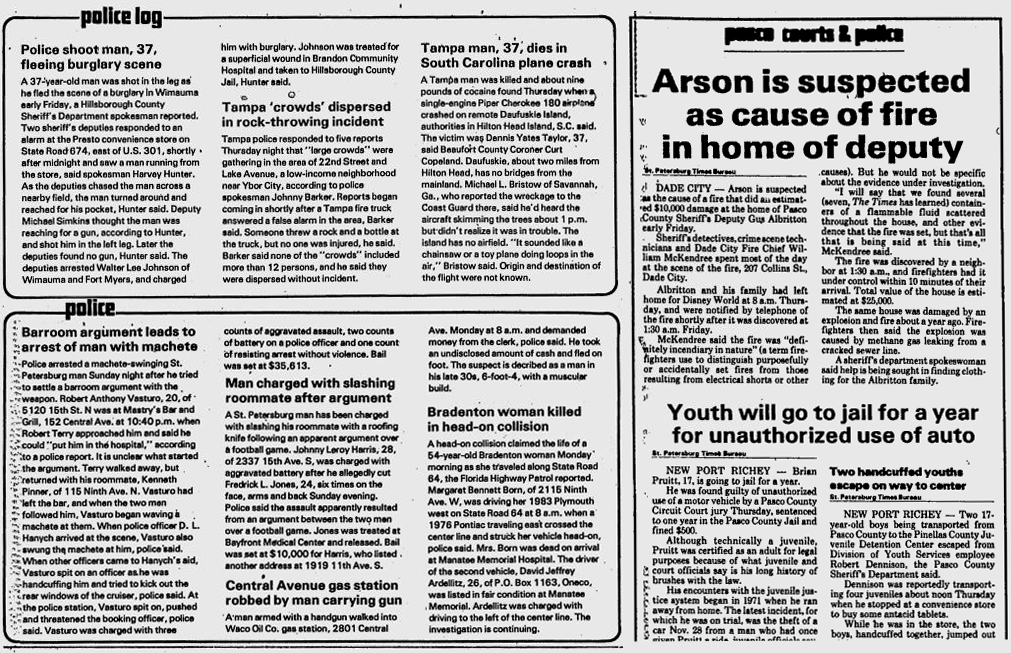The crime blotter has been a staple for many U.S. news organizations since the 1830s. Rewriting information provided by police requires little investment from the reporter, and metrics show that the audience is drawn to briefs about what their neighbors might be doing. It’s why Nextdoor is such a popular app.
Curiosity aside, much of the bite-size content in the crime blotter relates to misdemeanor cases. If a suspect’s name or mugshot gets attached to the news brief, that might be a news organization’s only mention of the case. They often don’t have the resources to follow through on every case after reporting an arrest, particularly if there’s no high-profile trial.
That’s where the persistence of public record has the potential for long-term harm, particularly for people whose cases are dropped or who are never convicted.
On Tuesday, The Associated Press announced that it is no longer naming suspects in minor crime stories. AP’s vice president for standards, John Daniszewski, said the primary consideration should be “whether the story is worthy of our news report.”
The news agency will also “stop publishing stories driven mainly by a particularly embarrassing mugshot.” It is increasingly common for news organizations to abandon mugshot galleries. A year ago, former GateHouse news sites, which purchased Gannett and adopted its name, removed such galleries, and that move was followed by several other local newsrooms.
This January, The Boston Globe launched Fresh Start, which allows individuals “to appeal their presence in older stories” on its website. That and similar newsroom initiatives that emerged in the racial reckoning following George Floyd’s murder show that journalists are shifting practices toward being more humane about the people we cover.
Arrests for misdemeanors disproportionately affect people of color. Systemic racism compounds the injustice as reviews have shown that prosecutors are more likely to exclude Black jurors from trials.
The crime and courts beat exists because it’s constantly churning out stories. Much of that content is directly related to public safety. Journalists can be smarter about who we cover and the follow-up stories we provide. Kelly McBride, who chairs the Craig Newmark Center for Ethics and Leadership at Poynter, said, “Local news reporters have amplified narratives that connect Black and brown communities to crime. As a result, we have fostered systemic racism through our crime coverage.”
It’s within our power as journalists to break that cycle. We don’t need to publicize the crime blotter simply because it fills airtime or generates clicks. We can decide that if we’re covering an arrest, we will follow the case through to its conclusion. We can evenly apply racial descriptors. If a defendant’s race is mentioned, should the prosecutor’s race also be mentioned? What about the race of the judge and the people sitting in the jury box? Every decision we make about the details we include — and what we exclude — sends a message to our audience.
Besides being more thoughtful about whether a story is worthy of attention, the yardstick AP is using, journalists can adjust our language related to criminal justice. The Marshall Project advocates “incarcerated people” instead of “inmates,” a term that formerly incarcerated people say guards use to dehumanize them.
Journalism is a public service. We need to regularly revisit our practices to ensure that they do not cause more harm than good. And when we crave news of the unusual, AP still has an oddities section.







